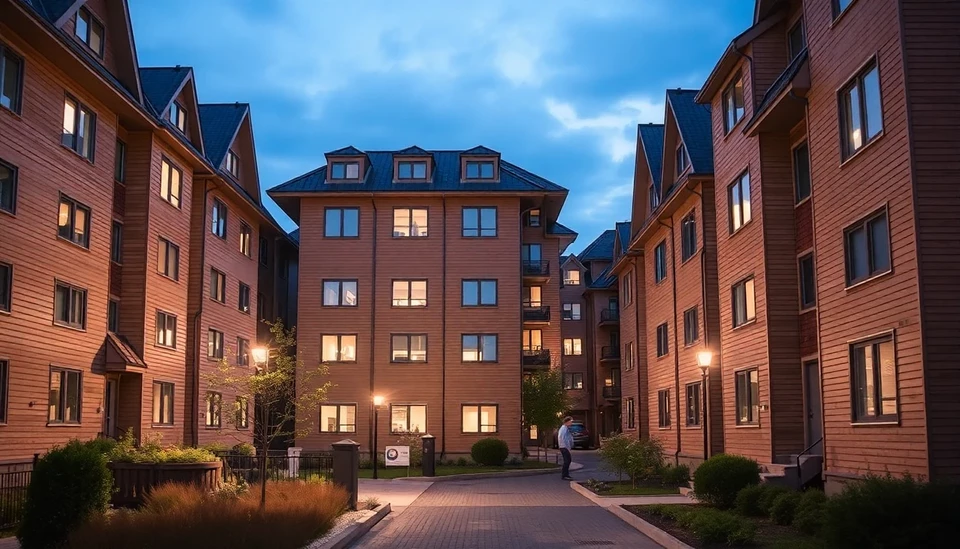
In a bold move aimed at addressing its ongoing housing crisis, Canada is exploring plans that could transform the nation into a leading global hub for residential construction. Former Bank of England Governor Mark Carney has presented a strategic proposal that envisions a drastic increase in the production of affordable homes, effectively positioning Canada as the "housing factory of the world." This initiative has garnered significant attention as the country grapples with soaring real estate prices and a pressing shortage of dwellings.
With fast-rising costs making it increasingly challenging for the average citizen to attain homeownership, Carney's plan aims to streamline the construction process, make housing more accessible, and boost the economy by creating a robust housing sector. The idea is not merely about increasing the number of homes; it encompasses a comprehensive approach to urban planning, sustainable building practices, and leveraging advanced technologies in construction.
At the heart of Carney's proposal is the ambition to build over 1.5 million new homes within a ten-year timeframe. This would require collaboration between various levels of government, private developers, and community organizations to navigate the complex landscape of zoning laws, environmental regulations, and financing. Carney emphasizes that such cooperation is essential to overcoming the bureaucratic hurdles that have historically slowed down housing projects in Canada.
Moreover, part of the plan implies the integration of innovative construction techniques, including modular housing and 3D printing, which would significantly reduce both costs and construction time. These methods have already proven successful in parts of Europe and Asia, and their application in Canada could herald a fresh start in how homes are built in urban centers where demand far exceeds supply.
Nevertheless, the ambitious nature of this proposal has sparked a discussion about feasibility. Critics raise concerns about the potential environmental implications and the need for comprehensive infrastructure to support such rapid growth. They argue that building more homes does not solely solve housing affordability issues without accompanying investments in transportation, schools, and other essential services.
Public response to Carney's vision has been mixed, with many expressing both hope and skepticism. Advocates argue that this could be a historic opportunity to redefine Canadian living standards, while detractors worry that without careful planning and consideration for local communities, the initiative might fail to meet its laudable goals.
As Canada stands at a crossroads, the forthcoming discussions surrounding this proposal will be crucial. Local governments, citizens, and industry stakeholders will need to engage in a productive dialogue to shape the future of housing in the nation. Carney's plan represents not just a response to a crisis but a potential paradigm shift in how governments and developers view the relationship between housing supply, affordability, and community wellbeing.
As details continue to emerge, all eyes will be on the Canadian government to see if they can turn these ambitious blueprints into reality, enabling the country to lead in a global movement towards more sustainable and affordable housing solutions.
#HousingFactory #CanadaConstruction #AffordableHousing #MarkCarney #RealEstateReform #SustainableBuilding #UrbanPlanning #HousingCrisis #CanadaEconomy
Author: Laura Mitchell




